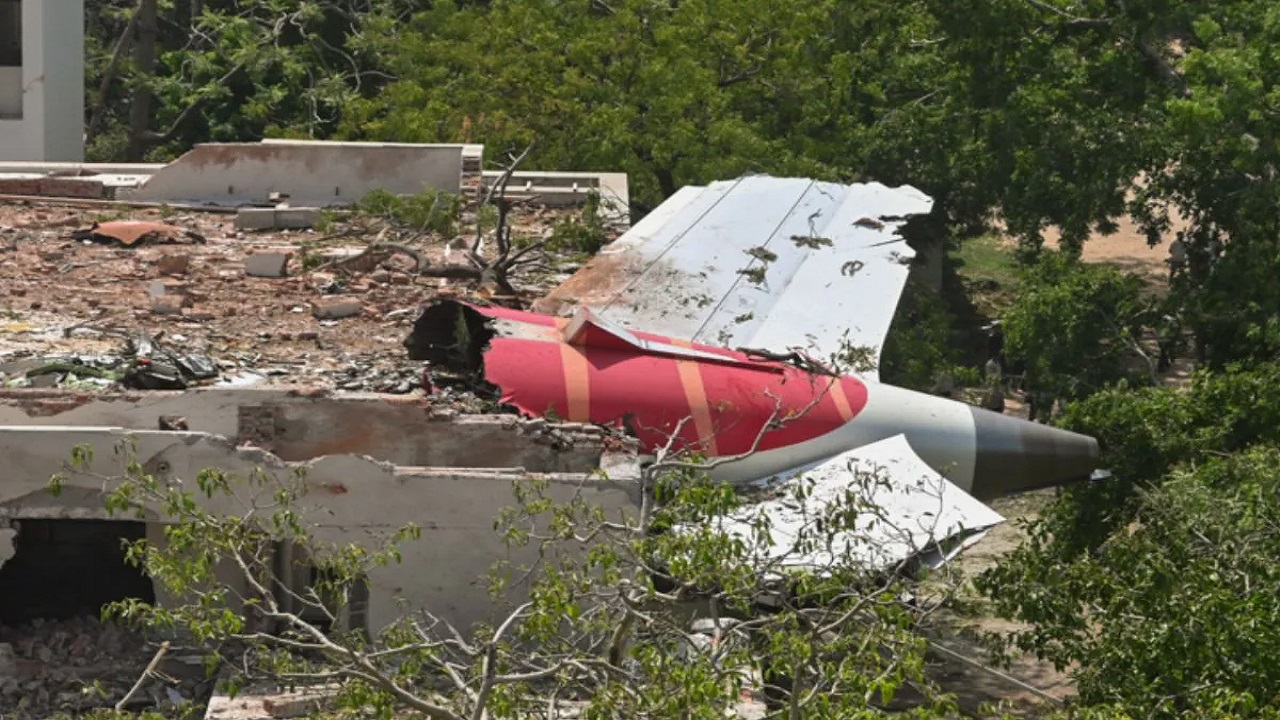Institutional Failure in Indian Aviation Safety: A Case for Reform
Context
Aircraft accident investigations play a critical role in ensuring aviation safety, transparency, and accountability. In India, however, the investigation process often lacks independence, clarity, and credibility. Despite having a formal structure, India’s aviation safety system is undermined by institutional conflicts of interest, opaque functioning, and limited accountability. The recent June 2025 aircraft accident in Ahmedabad has reignited discussions on the urgent need for systemic reforms.
Key Flaws in India’s Aircraft Accident Investigation Framework
Illusion of Autonomy
. The Aircraft Accident Investigation Bureau (AAIB), though autonomous on paper, functions under the Ministry of Civil Aviation (MoCA).
. MoCA also oversees airlines, regulatory bodies like DGCA, and appoints officials in both regulation and investigation arms, creating a clear conflict of interest.
. This structure contrasts with sectors like railways, where safety investigations enjoy greater institutional independence.
Reactive, Not Preventive
. The aviation safety system responds only after accidents, rather than working on risk anticipation and prevention.
. The Ahmedabad crash is the latest in a series of incidents, including helicopter crashes, flying school failures, and weather emergencies.
. India's aviation growth has outpaced the regulatory framework, including an outdated National Civil Aviation Policy (NCAP).
Ignored Warnings: The Seth Committee Report
. The 1997 Air Marshal J.K. Seth Committee Report identified critical issues—fragmented oversight, lack of independence, inadequate training, and regulatory capture.
. Despite its importance, the report was sidelined as it challenged institutional comfort zones.
. The structural deficiencies it highlighted remain largely unaddressed, resulting in repeated failures and cosmetic reforms.
Other Major Deficiencies in Investigation Practices
Contradictory and Incomplete Reports
. Many accident reports are marked by inconsistencies and omission of facts.
. In a 2001 crash involving a former Union Minister, cloud cover was blamed, even though meteorological data indicated clear skies.
. The 1993 Aurangabad crash saw overloading concerns diluted in the final report.
. Data requests from the 2018 Air India Express incident were not met, indicating a lack of transparency.
Misuse of Investigation Findings
. As per the Aircraft (Investigation of Accidents and Incidents) Rules, 2017, investigations are meant to improve safety, not assign legal blame.
. However, law enforcement agencies and courts misuse AAIB reports for criminal prosecution, often without aviation expertise.
. The judiciary tends to focus on pilot error, ignoring larger systemic failures, leading to simplistic conclusions and institutional impunity.
Concentration of Power and Loss of Public Trust
. The MoCA controls policy, regulation, investigation, and appointments, eliminating checks and balances.
. Families of victims often receive contradictory findings and no clear accountability.
. The 2020 Kozhikode crash, which killed 21 people, contradicts the ICAO State Safety Briefing’s zero fatal accident claim, and its recommendations remain unimplemented.
. Such institutional silence damages public confidence and international credibility.
Reform Agenda: Restoring Integrity and Accountability
. Ensure institutional independence by separating the AAIB and DGCA from the MoCA and making them accountable to Parliament.
. Prohibit ad hoc parallel committees that undermine the credibility of formal investigation agencies.
. Introduce legal safeguards to prevent misuse of AAIB findings in criminal cases unless reviewed by independent aviation experts.
. Amend Rule 19(3) of the Aircraft Rules, 1937, to protect pilots under a no-blame safety culture unless gross negligence is proven.
. Appoint an independent ombudsman to examine past reports and strengthen future accountability mechanisms.
Conclusion
India possesses the technical expertise and institutional structures required to become a leader in aviation safety. However, it lacks the political and bureaucratic will to embrace uncomfortable truths and drive genuine reform. Aircraft accident investigations must go beyond procedural formality and serve as a meaningful process that honours lives lost and strengthens public trust. By ensuring independence, transparency, and reform, India can restore faith in both its aviation system and its governance institutions.


.png)

Comments (0)